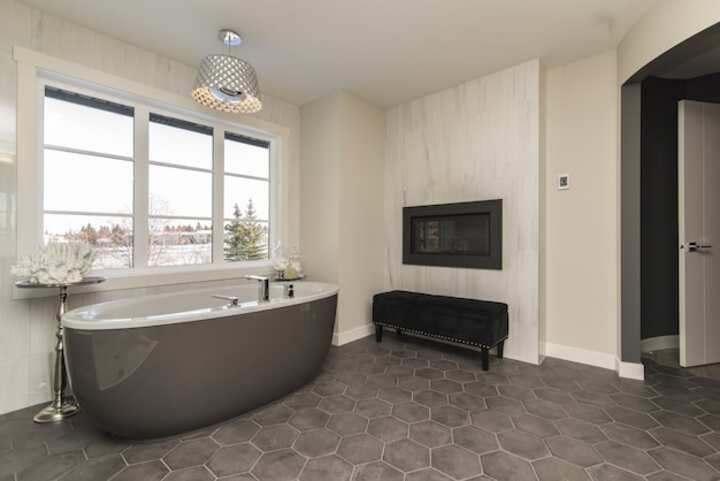
Meeting Accessible Restroom Requirements A Comprehensive Guide
Creating an accessible restroom is a critical aspect of ensuring inclusivity and compliance with legal standards. Accessibility in restrooms is not only about legal compliance but also about fostering an environment that respects the needs of all individuals, including those with disabilities. The process of making restrooms accessible involves understanding various requirements and implementing them effectively. This guide provides a thorough overview of the essential components of accessible restroom design and construction, ensuring that every user can utilize the facilities with ease and dignity.
Understanding Accessibility Standards
Accessibility standards for restrooms are often governed by regulations such as the Americans with Disabilities Act (ADA) in the United States. These standards outline specific requirements that must be met to make restrooms accessible to individuals with disabilities.
Key Requirements
- Clear floor space for wheelchair maneuverability.
- Appropriate height for sinks and hand dryers.
- Lever or loop handles on doors for easy access.
- Grab bars installed at specified heights and locations.
- Signage with braille and raised characters.
Design Considerations for Accessibility
Designing an accessible restroom requires attention to detail and a focus on user needs. The design should ensure ease of use for individuals with various disabilities.
Layout and Space
- Ensure the restroom layout allows for a 60-inch turning radius for wheelchairs.
- Install toilets at a height of 17-19 inches from the floor for accessibility.
Learn more in this detailed guide.
Fixtures and Fittings
- Choose faucets that are easy to operate, such as those with lever handles.
- Install mirrors at a height that accommodates both seated and standing users.
Explore further insights here.
Compliance and Legal Considerations
Ensuring compliance with legal standards is crucial when designing accessible restrooms. Non-compliance can lead to legal ramifications and hinder accessibility.
Inspection and Certification
- Conduct regular inspections to ensure ongoing compliance with accessibility standards.
- Seek certification from relevant authorities to validate compliance.
Find additional information here.
Updating and Maintaining Facilities
- Regularly update restroom facilities to incorporate new accessibility features and technologies.
- Maintain a schedule for routine maintenance to address any accessibility issues promptly.
Explore further insights here.
Conclusion
Meeting accessible restroom requirements involves a comprehensive understanding of legal standards, thoughtful design considerations, and ongoing compliance efforts. By prioritizing accessibility, facilities can create inclusive environments that cater to the needs of all individuals. Accessible restrooms not only comply with legal mandates but also enhance the overall user experience, ensuring dignity, safety, and convenience for everyone. For more detailed guidance on accessible restroom solutions, find additional information here.